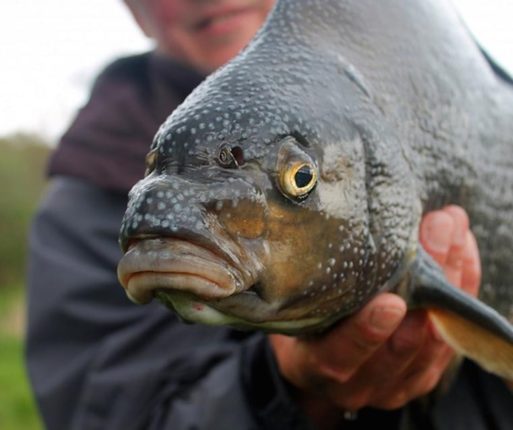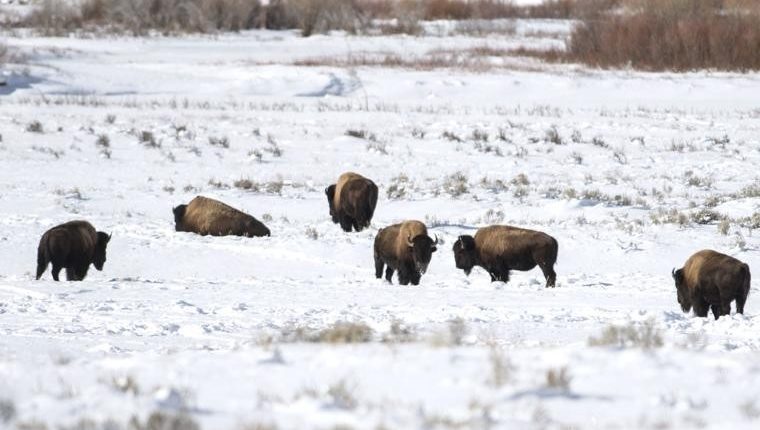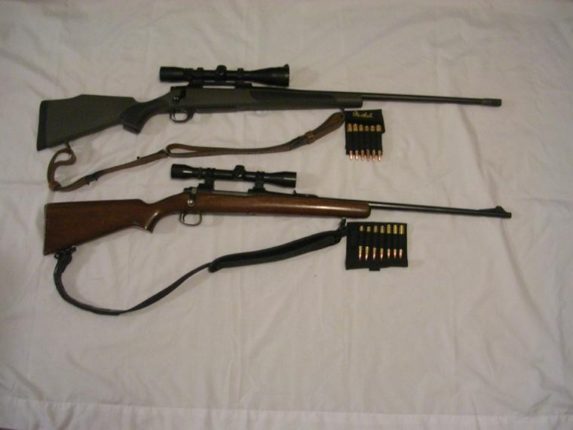Buying a handgun is a very personal decision. What you ultimately decide to get will depend on cost, caliber, what you want one for, how much recoil you can stand, which handguns fit your hand, and whether you prefer a revolver or a semi-automatic. Don’t go into the gun store without at least a basic idea of what you are looking for or you may be overwhelmed by all the options.
Several weeks ago, I was approached by a friend and asked what handgun I would suggest he get for home defense that everyone in the family could be taught to operate effectively. I’m as opinionated as anyone I know on this issue, but having been a Texas DPS Concealed Handgun Instructor for several years, I knew that my opinions might not be the right answer for my friend and his family. So I sat down with him and asked him a few questions to get a feel for why he wanted a handgun for protection of his family and we discussed pros and cons of revolvers, semi-automatic handguns, calibers, recoil and training suggestions.
With the information he received from me, he decided that a revolver would suit his needs better than a semi-automatic pistol. Once he made that decision, I made my first suggestion that he not buy a snub-nosed revolver, but choose at least a mid-size frame revolver. He is now considering whether he wants the revolver to shoot .38 special only or whether he would like the option of being able to shoot .357 Magnum cartridges also, and what manufacture’s mid-size revolver he likes best. So far, he hasn’t been to the gun store, but he has a pretty good idea what he is looking for.
On another occasion, I had made arrangements for my Texas Concealed Carry class to meet at the range for the qualification shooting portion of the course. I got there a little early and noticed two of my students, a man and wife, shooting at one end of the firing line. The woman who was about as tall as I am was having trouble with a small .380 Auto Colt Pistol. The little pistol was too small for her hand and she kept shooting high and I knew she was going to fail the shooting qualification with that pistol. Her husband on the other hand was shooting one ragged hole dead center in the target with a Kimber Custom 1911 pistol in .45 Auto Colt Pistol caliber. I asked the husband to let me see his 1911, and then handed it to his wife who could hold her husband’s pistol more comfortably than her own, and she proceeded to shoot almost as good a group as her husband did. They both used that 1911 to qualify and at the end of the session she made my day by asking her husband why he said she couldn’t shoot a .45? She made him drive her to their favorite gun store and she bought a Kimber Custom .45 just like the one he had.
Choosing a handgun for self defense should be more than buying a gun and putting it somewhere until you think you need it. Even if your state doesn’t require you to demonstrate proficiency and a knowledge of applicable laws, it is your responsibility to develop those skills and knowledge.
When purchasing a handgun for shooting fun at the range or back country travel the priorities that are important can be a little different than for concealed carry or home defense. You may want a handgun in a caliber such as a .22 Rimfire that has very little recoil and the whole family can enjoy and learn to operate safely and competently. On the other hand, for backcountry travel, you may be willing to accept some recoil and a larger caliber as long the adults and older children can shoot it safely and competently.
For backcountry travel I personally like a ruggedly built Ruger single-action revolver in .44 Magnum, which does recoil pretty hard, or a Ruger .45 Colt, which my older children loved to shoot as they were growing up because the recoil was very tolerable and not intimidating, while still hitting hard enough for a back country handgun.
Many of my friends prefer double action revolvers in .357 Magnum caliber, or 10 mm in a semi-auto pistol.
Just make sure everyone knows the rules of firearm safety. Treat all guns as if they are loaded, always keep guns pointed in a safe direction, keep your finger off the trigger until you are ready to shoot, and be aware of your target and what is beyond it.
Smokey Merkley was raised in Idaho and has been hunting since he was 10 years old. He can be contacted at mokeydo41245@hotmail.com.





